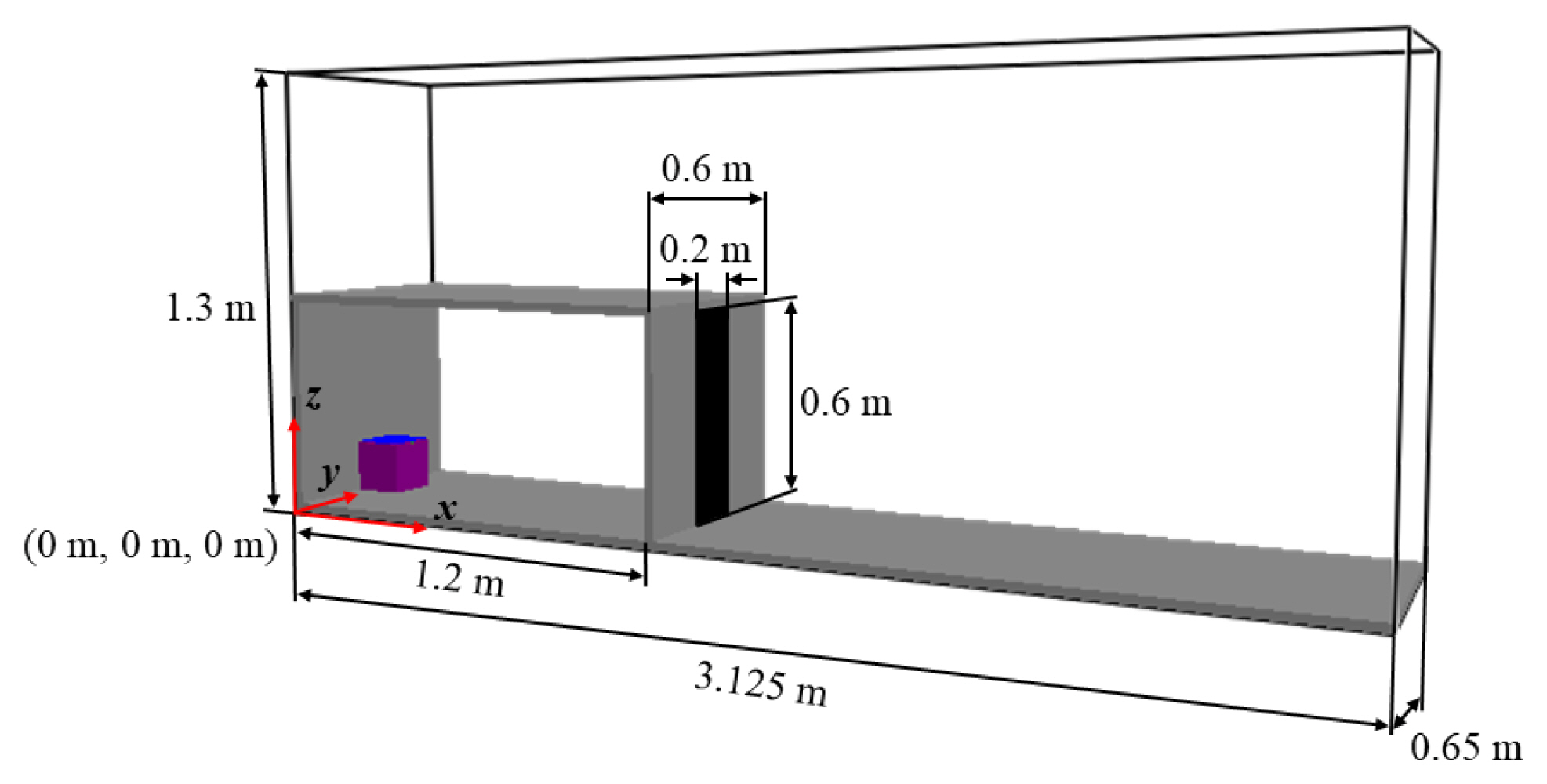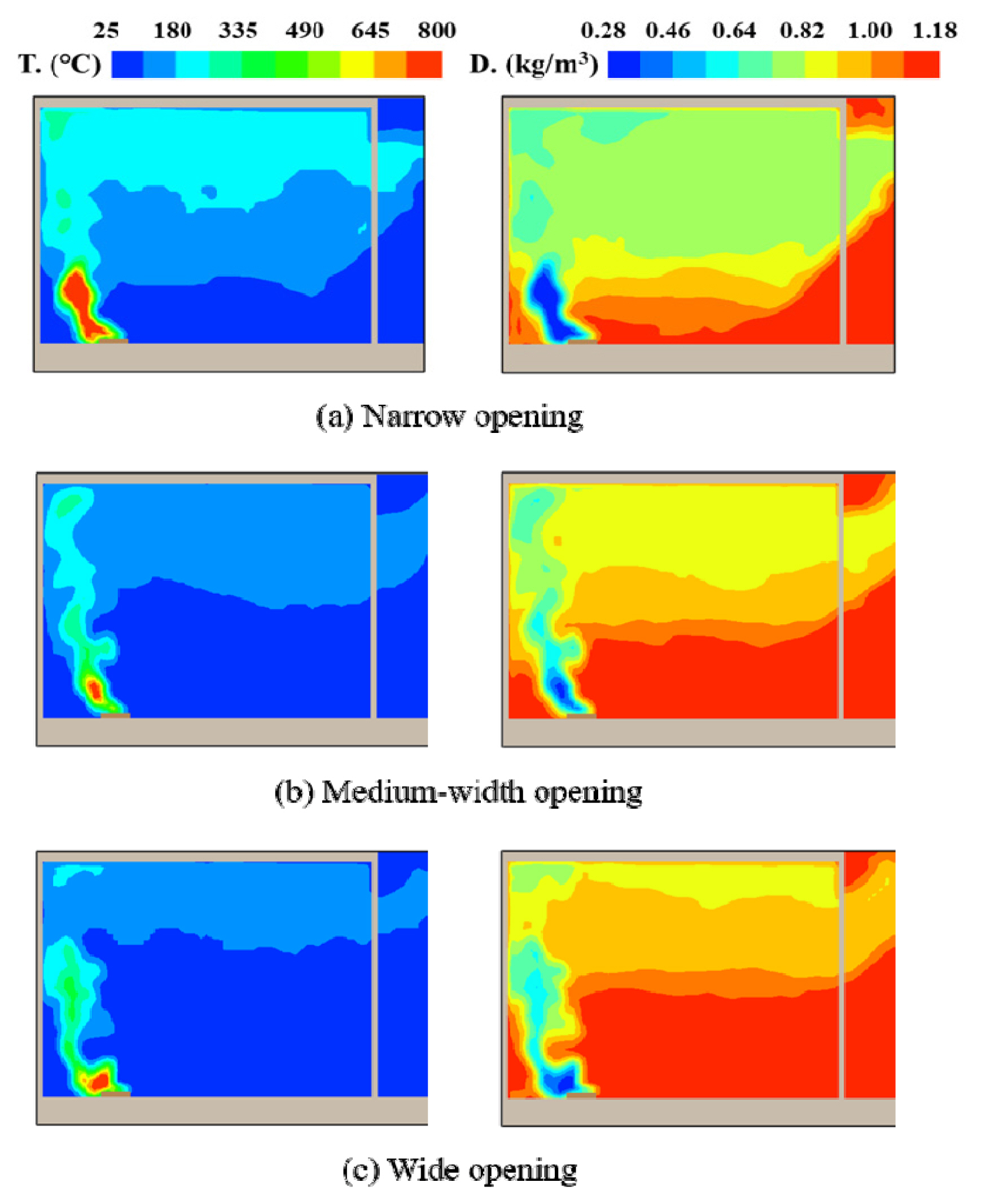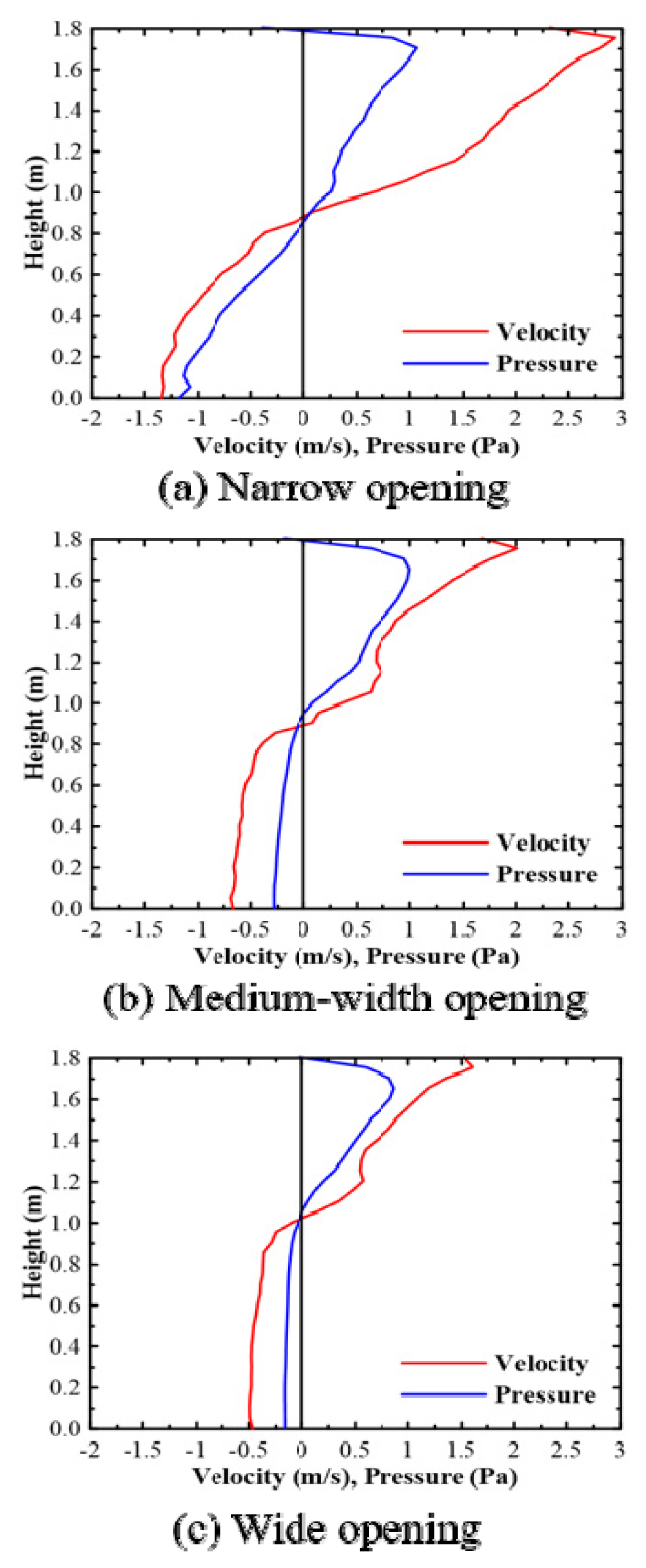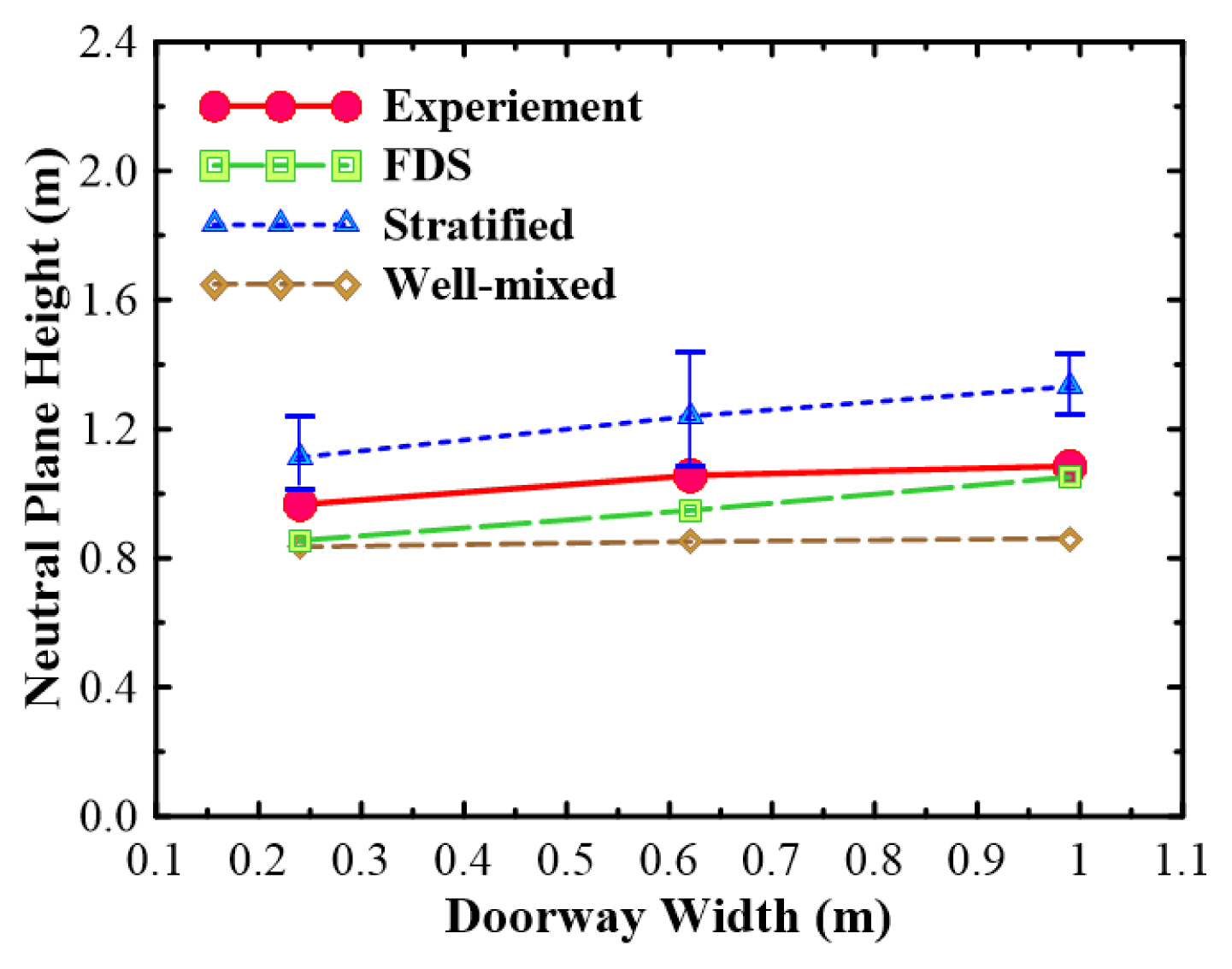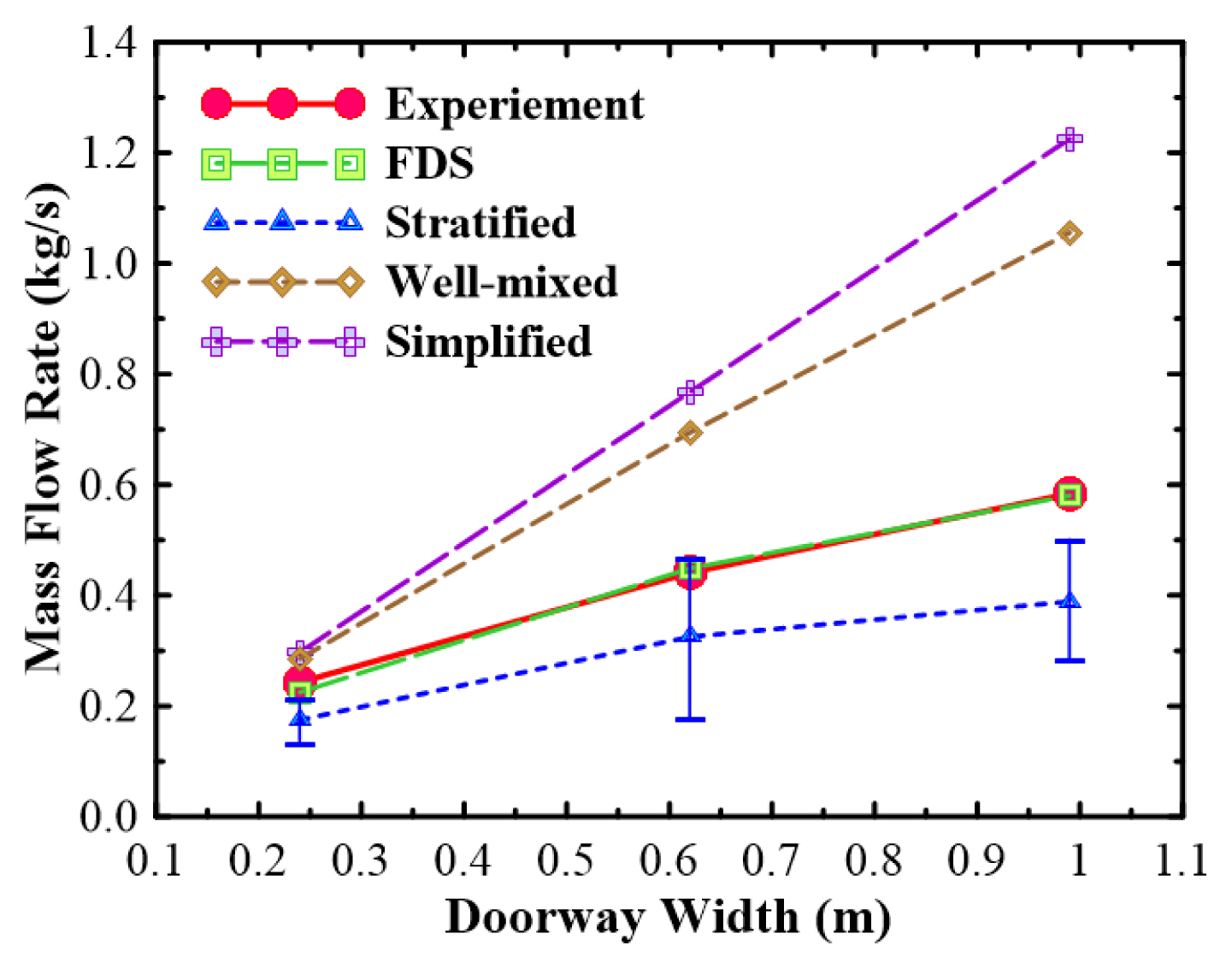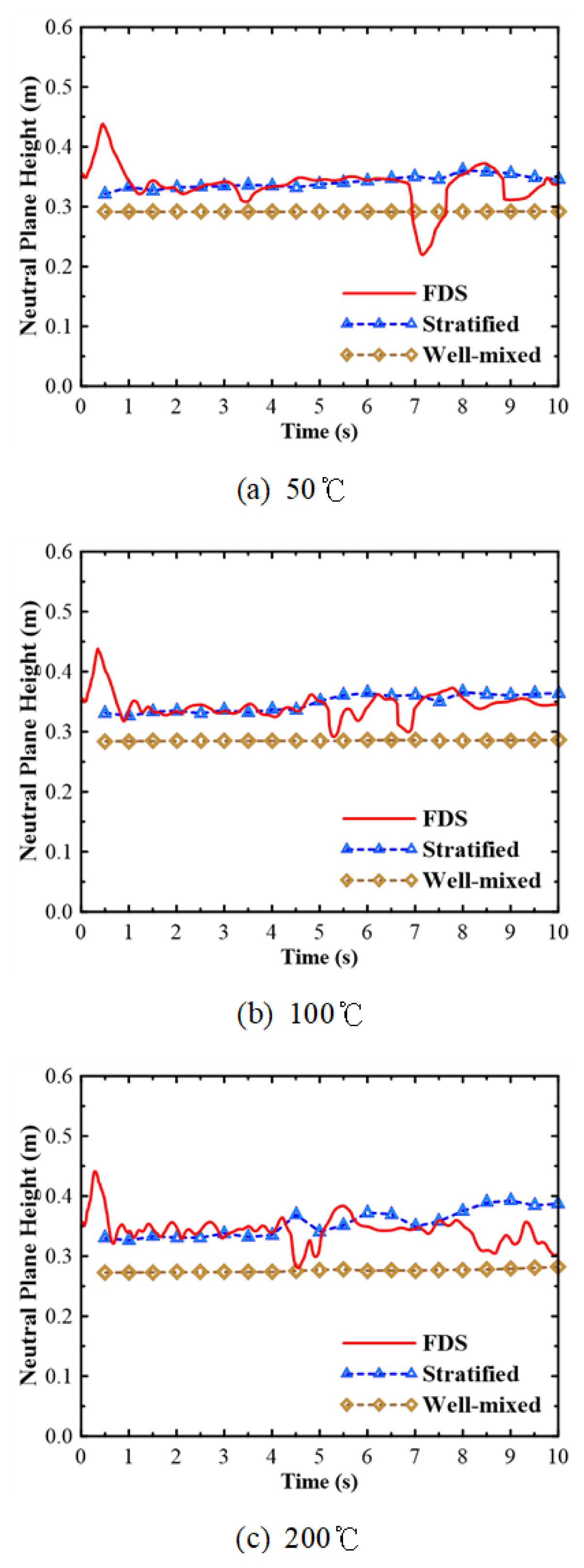1. JG Quintiere, ŌĆ£Fundamentals of Fire PhenomenaŌĆØ, John Wiley & Sons Ltd, Chichester, UK (2006).
3. CM Fleischmann, PJ Pagani and RB Williamson, ŌĆ£Exploratory Backdraft ExperimentsŌĆØ, Fire Technology, Vol. 29, pp. 298-316 (1993).


4. CM Fleischmann, ŌĆ£Backdraft PhenomenaŌĆØ, ŌĆ£PhD dissertationŌĆØ, University of California, Berkeley (1993).
5. CM Fleischmann, PJ Pagani and RB Williamson, ŌĆ£Quantitative Backdraft ExperimentsŌĆØ, Proceedings of the Fourth International Symposium of Fire Safety Science, June 13-17; Ottawa, Ontario, Canada. pp. 337-348 (1994).

6. JG Quintiere, BJ McCaffrey and K Den-Braven, ŌĆ£Experimental and Theoretical Analysis of Quasi-Steady Small-Scale Enclosure FiresŌĆØ, Symposium (International) on Combustion, Vol. 17, No. 1, pp. 1125-1137 (1979),
https://doi.org/10.1016/S0082-0784(79)80107-1.

7. JG Quintiere, WJ Rinkinen and WW Jones, ŌĆ£The Effect of Room Openings on Fire Plume EntrainmentŌĆØ, Combustion Science and Technology, Vol. 26, pp. 193-201 (1981),
https://doi.org/10.1080/00102208108946960.

8. JG Quintiere, K Steckler and D Corley, ŌĆ£An Assessment of Fire Induced Flows in CompartmentsŌĆØ, Fire Science and Technology, Vol. 4, No. 1, pp. 1-14 (1984),
https://doi.org/10.3210/fst.4.1.

9. KD Steckler, JG Quintiere and WJ Rinkinen, ŌĆ£Flow Induced by Fire in a CompartmentŌĆØ, ŌĆ£NBSIR 82-2520ŌĆØ, National Bureau of Standards, Washington, DC, USA (1982).

10. KD Steckler, HR Baum and JG Quintiere, ŌĆ£Flow Induced Flows Through Room Openings-Flow CoefficientsŌĆØ, ŌĆ£NBSIR 83-2801ŌĆØ, National Bureau of Standards, Washington, DC, USA (1984).
11. LY Cooper, ŌĆ£A Note on Calculating Flows Through Vertical Vents in Zone Fire Models Under Conditions of Arbitrary Cross-Vent Pressure DifferenceŌĆØ, Combustion Science and Technology, Vol. 64, pp. 43-50 (1989),
https://doi.org/10.1080/00102208908924021.

12. B Karlsson and JG Quintiere, ŌĆ£Enclosure Fire DynamicsŌĆØ, Environmental & Energy Engineering, (2000).

13. HW Emmons, ŌĆ£Vent FlowsŌĆØ, ŌĆ£The SFPE Handbook of Fire Protection EngineeringŌĆØ, 3rd Edition., National Fire Protection Association, Quincy, MA (2002).
14. WK Chow and GW Zou, ŌĆ£Correlation Equations on Fire-Induced Air Flow Rates Through Doorway Derived by Large Eddy SimulationŌĆØ, Building and Environment, Vol. 40, No. 7, pp. 897-906 (2005),
https://doi.org/10.1016/j.buildenv.2004.09.010.

15. L Wang and JG Quintiere, ŌĆ£An Analysis of Compartment Fire Doorway FlowsŌĆØ, Fire Safety Journal, Vol. 44, No. 5, pp. 718-731 (2009).

16. L Wang, J Lim and JG Quintiere, ŌĆ£On the Prediction of Fire-Induced Vent Flows Using FDSŌĆØ, Journal of Fire Science, Vol. 30, No. 2, pp. 110-121 (2011),
https://doi.org/10.1177/0734904111424562.

17. N Johansson and P Van-Hees, ŌĆ£A Simplified Relation Between Hot Layer Height and Opening Mass FlowŌĆØ, Fire Safety Science-Proceedings of the Eleventh International Symposium, pp. 432-443 2014;
https://doi.org/10.3801/iafss.fss.11-432.

18. K McGrattan, S Hostikka, R McDermott, J Floyd, C Weinschenk and C Overholt, ŌĆ£Fire Dynamics Simulator (FDS Version 632) UserŌĆÖs GuideŌĆØ, ŌĆ£NIST Special Publication, 1019ŌĆØ, National Institute of Standards and Technology, Gaithersburg, Maryland, USA (2015).
19. K McGrattan, S Hostikka, R McDermott, J Floyd, C Weinschenk and C Overholt, ŌĆ£Fire Dynamics Simulator (FDS Version 6.3.2) Technical Reference GuideŌĆØ, ŌĆ£NIST Special Publication, 1018-1ŌĆØ, National Institute of Standards and Technology, Gaithersburg, Maryland, USA (2015).






